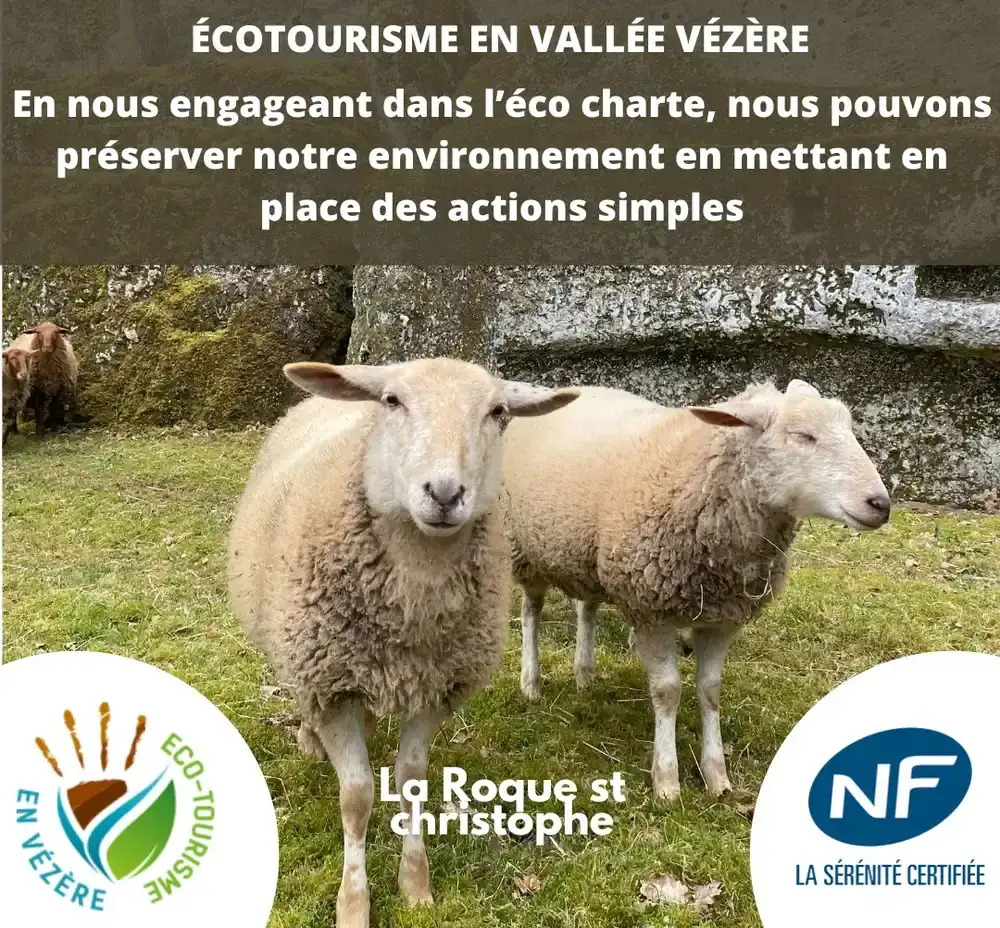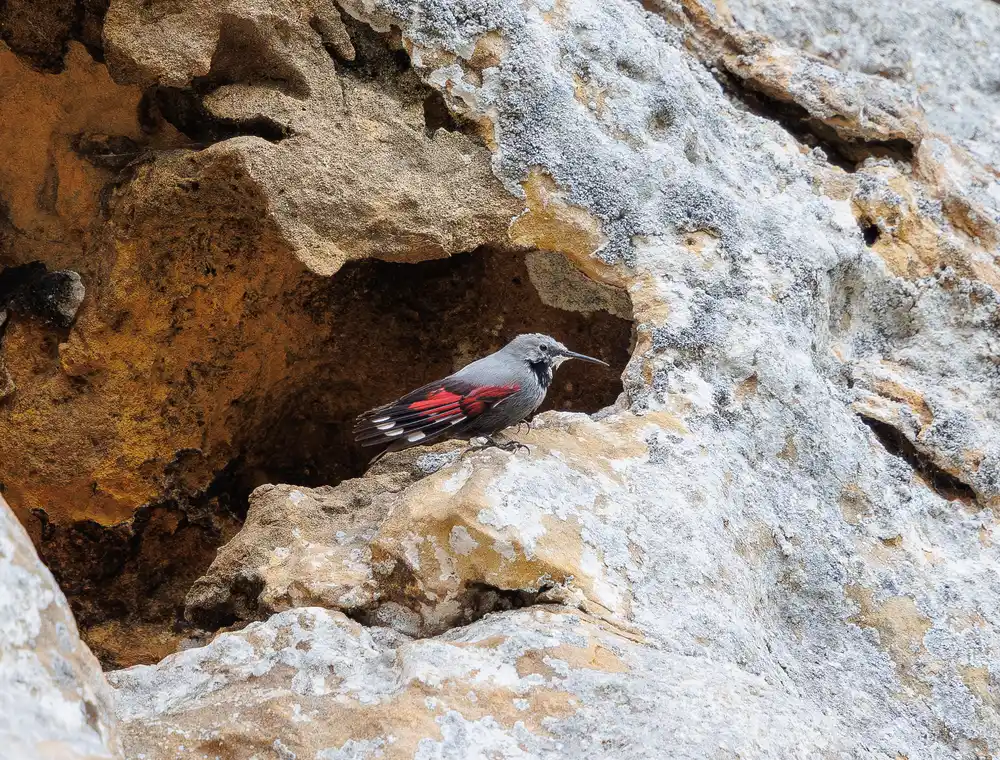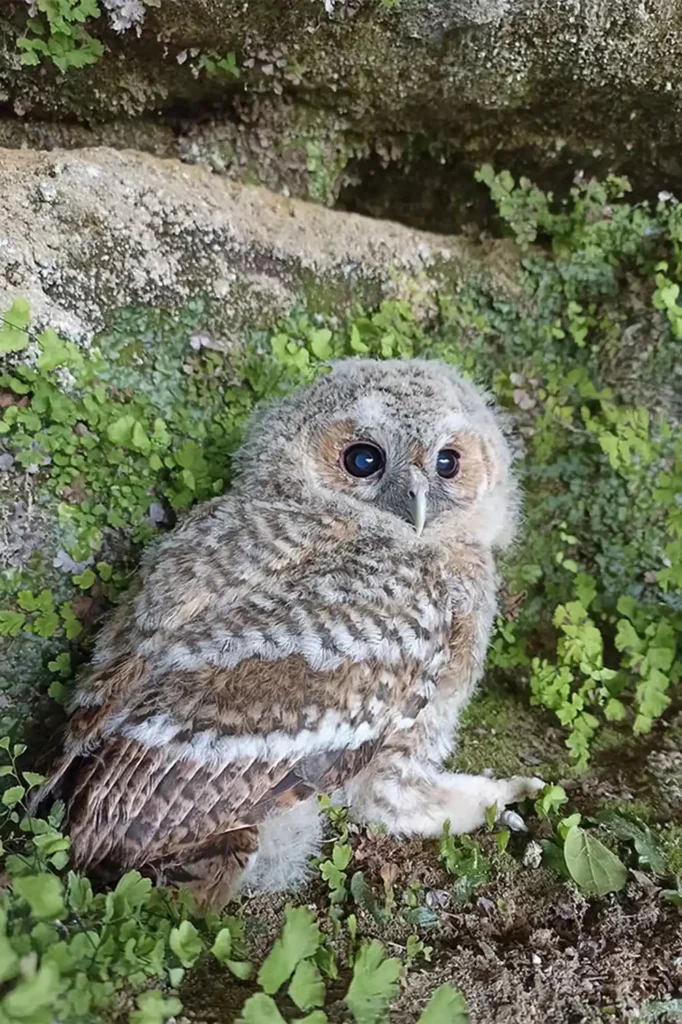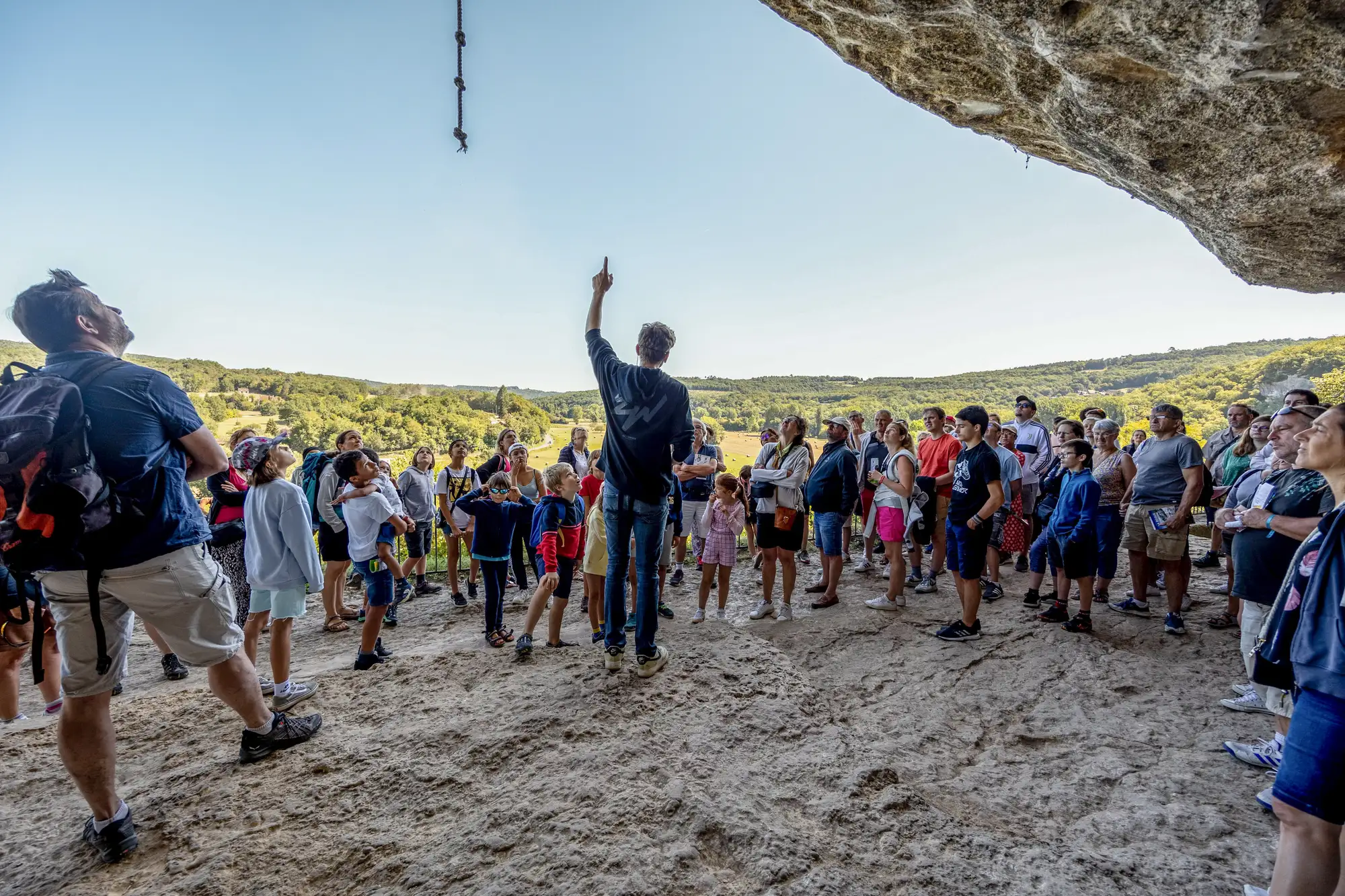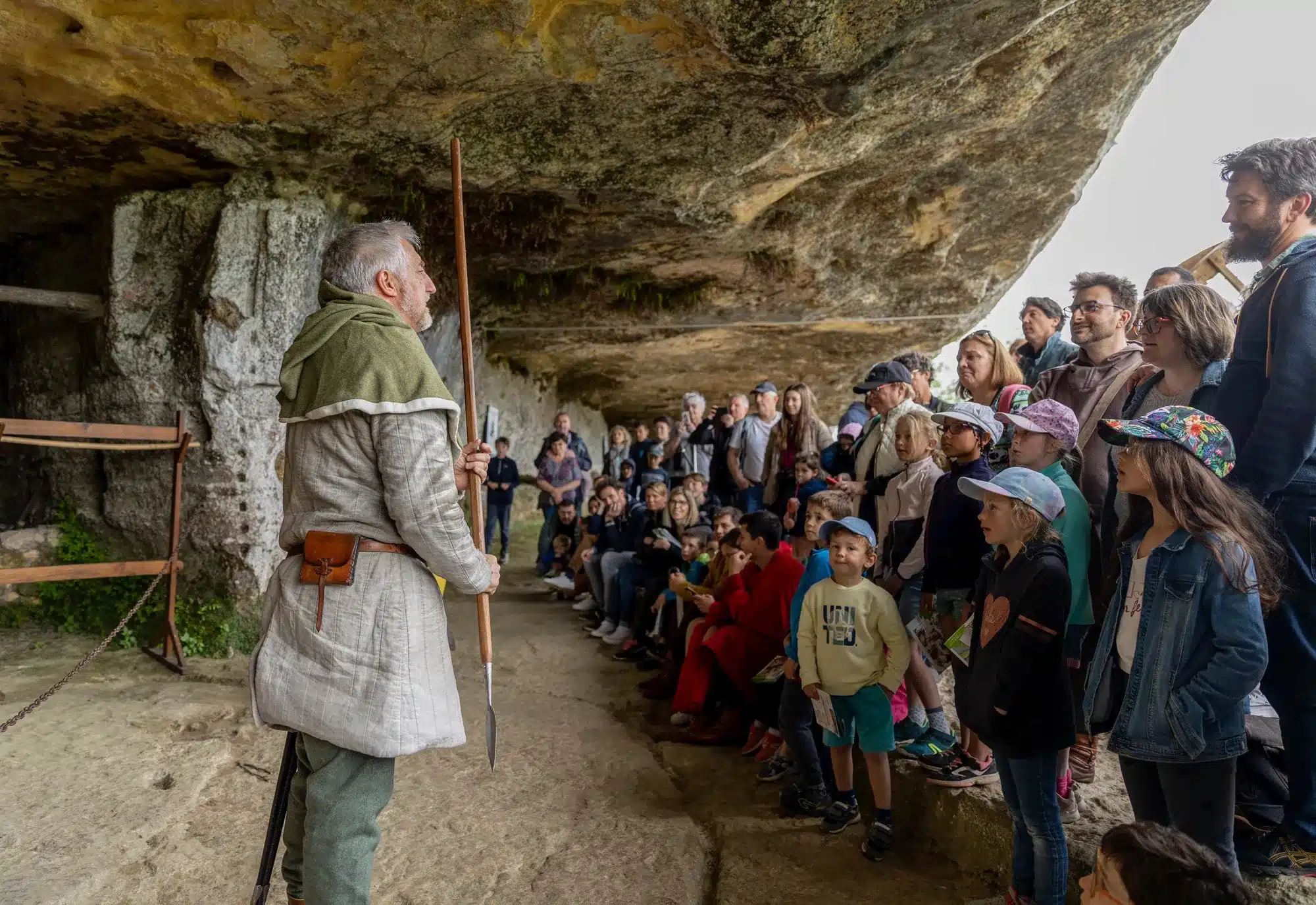Our ecological commitments
Because it has been home to man and nature since prehistoric times, the Roque Saint-Christophe cliff in Périgord was awarded LPO refuge status in 2023 to protect birds. By preserving a thousand-year-old site where man first settled 55,000 years ago, the team at this tourist mecca in the Vézère Valley is helping to maintain species and a specific biodiversity.
Site awarded the NF Environnement label
Protecting nature has long been a priority for the Roque Saint-Christophe site, which received its first award in 2016. That same year, the troglodyte town was awarded the NF Environnement label for visitor sites, becoming a pioneer in the Dordogne in making ecology a major issue for tourism.
Energy savings for lighting and heating, a virtuous water management thanks to low flow rates, paper packaging recycleda policy sustainable purchasing to the store, with its emphasis on locally-made products… the whole site team is working together to meet the criteria and obtain this label. We even go so far as to entrust sheep with the ” gentle ” mowing of green spaces(ecopastoralism).
The LPO refuge label
By becoming an LPO Refuge, La Roque Saint-Christophe is making the most of one of its assets: its many rock cavities and its orientation, which give it a diversified plant cover creating multiple ecological niches, favorable to avifauna.
The emblematic species of La Roque is the Peregrine Falcon. One pair has been breeding successfully for several years. This species, which was on the verge of extinction in the 1970s, has seen its numbers increase and is recolonizing favorable sites. The Kestrel also nests here, and in front of the cliff you’ll find Black Kites, Common Buzzards, Redshanks, Sparrowhawks and Honey Buzzards.
Nocturnal birds of prey are well represented, such as the Barn Owl and the Long-eared Owl.
The vermilion-red-winged Tichodrome échelette is present some winters, roaming the rock faces in search of insects. The Alpine Accentur, another winter visitor, frequents sunny rocky outcrops.
Other rare species can also be observed. Today, in a world where mankind attacks its natural environment on a daily basis, giving back this immense limestone wall to birds and biodiversity is a fitting return for us!


